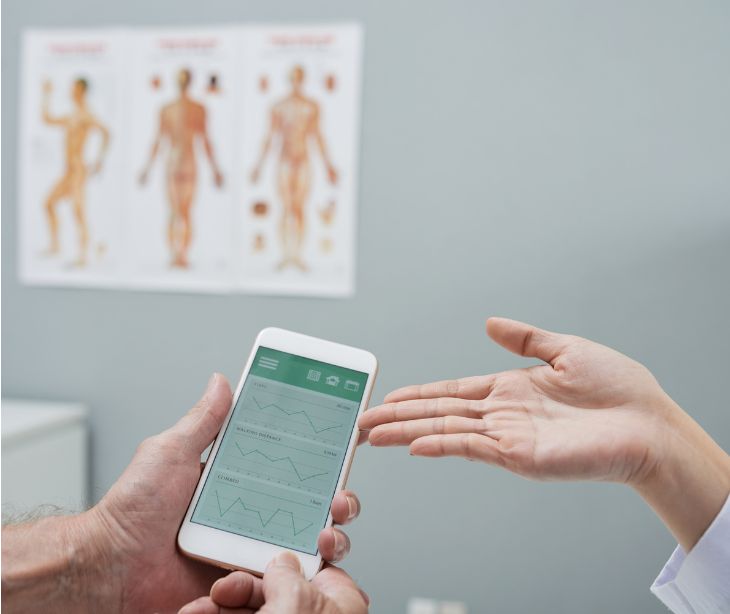
Threat modeling is a structured approach to identify and prioritize potential threats, vulnerabilities, and risks within a system or application. It's a proactive method that helps understand potential security issues early in a system's development or design phase.
The importance of threat modeling
Threat modeling is vital for healthcare systems due to the sensitive nature of the data they handle. Here's why:
- Protecting patient data: Threat modeling helps identify potential vulnerabilities in the healthcare system that, if exploited, could compromise this data, leading to privacy breaches or identity theft.
- Compliance and regulations: Threat modeling ensures that these systems comply with regulations such as the Health Insurance Portability and Accountability Act (HIPAA), avoiding legal consequences due to data breaches.
- Patient safety and trust: Securing healthcare systems ensures patient safety and maintaining trust. If medical records are tampered with or medical devices are compromised, it could lead to incorrect diagnoses or treatments, endangering patients' lives and eroding trust in the healthcare provider.
- Preventing unauthorized access: Threat modeling helps identify weaknesses that could allow unauthorized access to medical devices, patient records, or sensitive systems.
- Cybersecurity threats: Threat modeling helps understand and mitigate risks associated with malware, ransomware, phishing attacks, and other cyber threats.
- Medical device security: Many healthcare systems involve interconnected medical devices that can be vulnerable to cyberattacks. Threat modeling secures these devices to prevent potential patient harm or disruptions in healthcare services.
- Continuous improvement: Threat modeling is an iterative approach that ensures ongoing security enhancements. As technology evolves and new threats emerge, regularly revisiting and updating threat models is essential for staying ahead of potential risks.
Related: HIPAA Compliant Email: The Definitive Guide
Threat modeling process
Threat modeling is a dynamic process that should be revisited periodically or whenever there are significant changes to the system, such as updates, new features, or modifications to the infrastructure. It's an essential part of building secure systems, as it helps anticipate and address potential security risks before they can be exploited. The process involves the following steps:
- Identify assets: Determine what needs to be protected. This could be data, infrastructure, intellectual property, or other valuable resource.
- Identify threats and vulnerabilities: Analyze and brainstorm potential threats that could compromise the security of the assets. Simultaneously, pinpoint vulnerabilities—weaknesses or gaps in the system that could be exploited by these threats.
- Risk assessment: Evaluate the potential impact and likelihood of these threats exploiting vulnerabilities. This step involves understanding the severity of the risk and the probability of it occurring.
- Mitigation and countermeasures: Develop strategies and security controls to mitigate or minimize the identified risks. This could include implementing security protocols, encryption, access controls, monitoring systems, or other measures to strengthen the security posture.
- Validation and review: Continuously validate the threat model by testing and reviewing the system for new vulnerabilities and threats. This ongoing process ensures that the security measures remain effective and adapt to changes in the system or the threat landscape.
Subscribe to Paubox Weekly
Every Friday we'll bring you the most important news from Paubox. Our aim is to make you smarter, faster.




